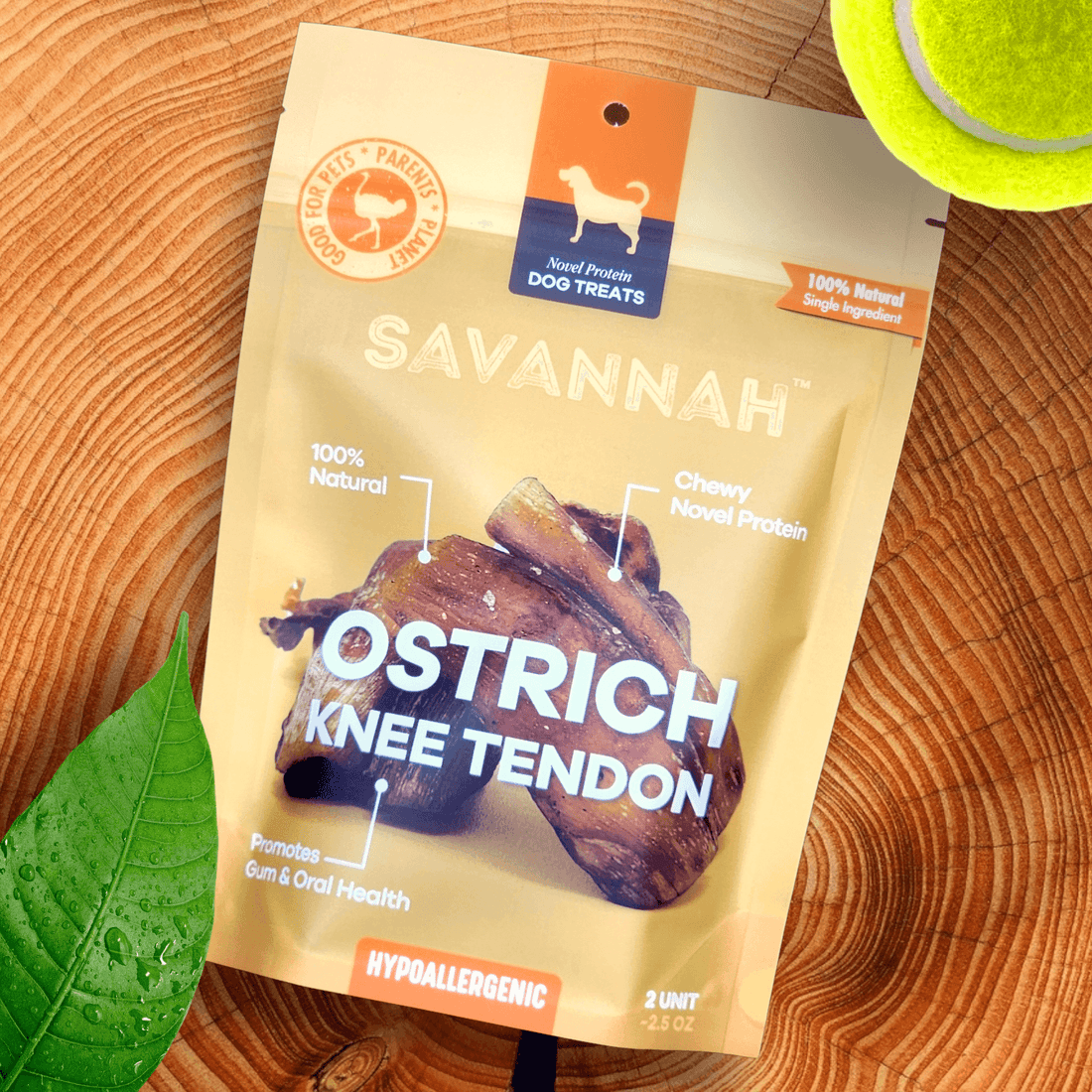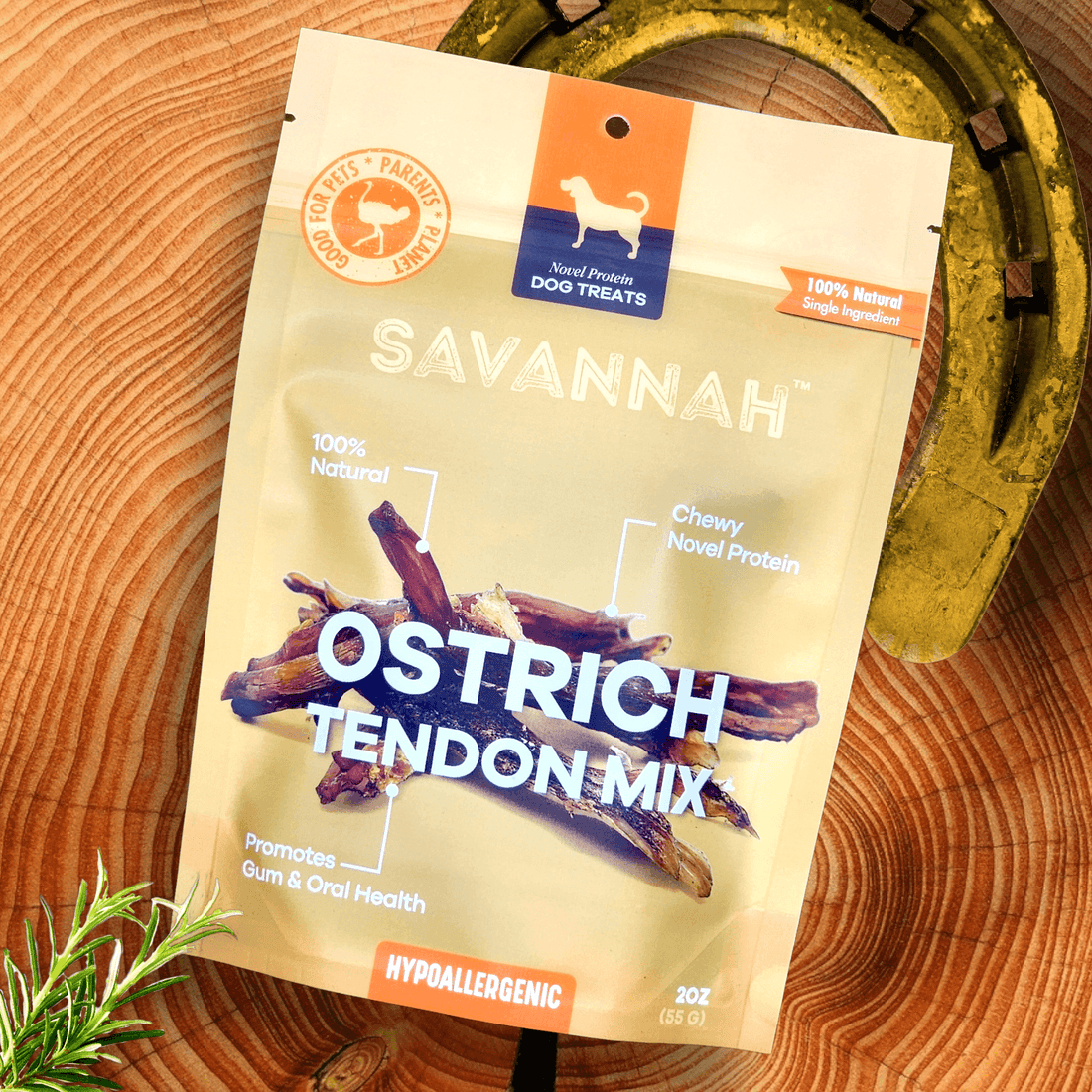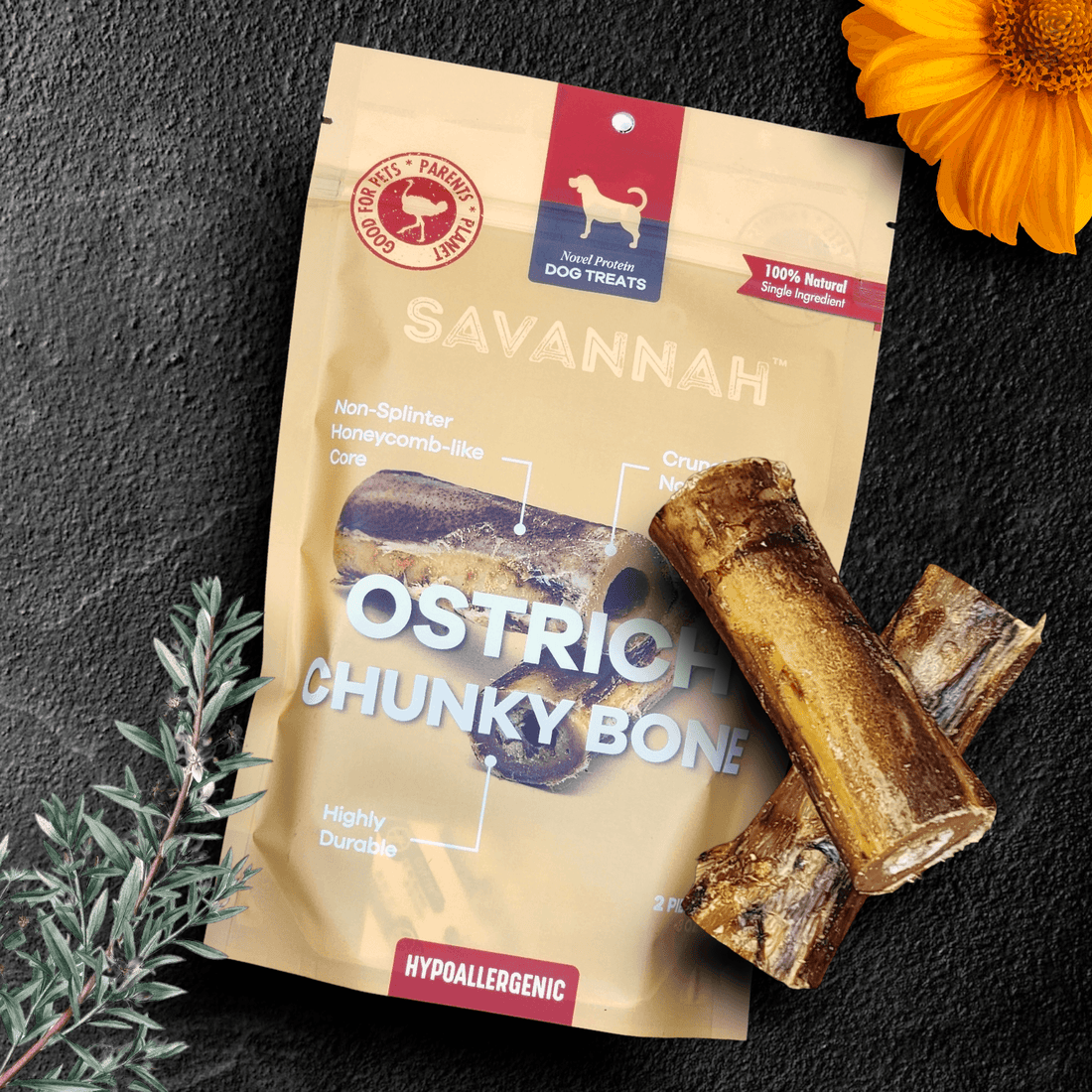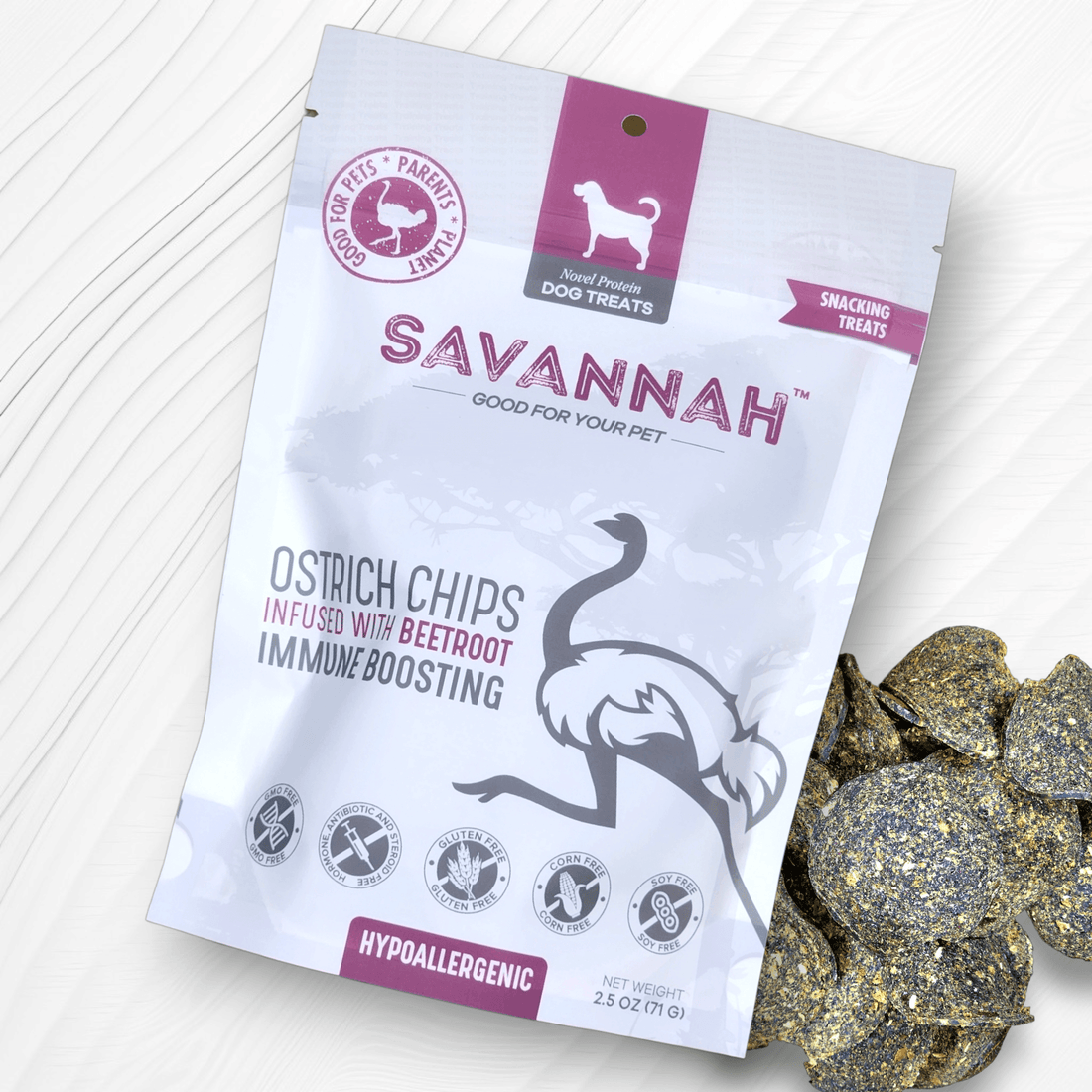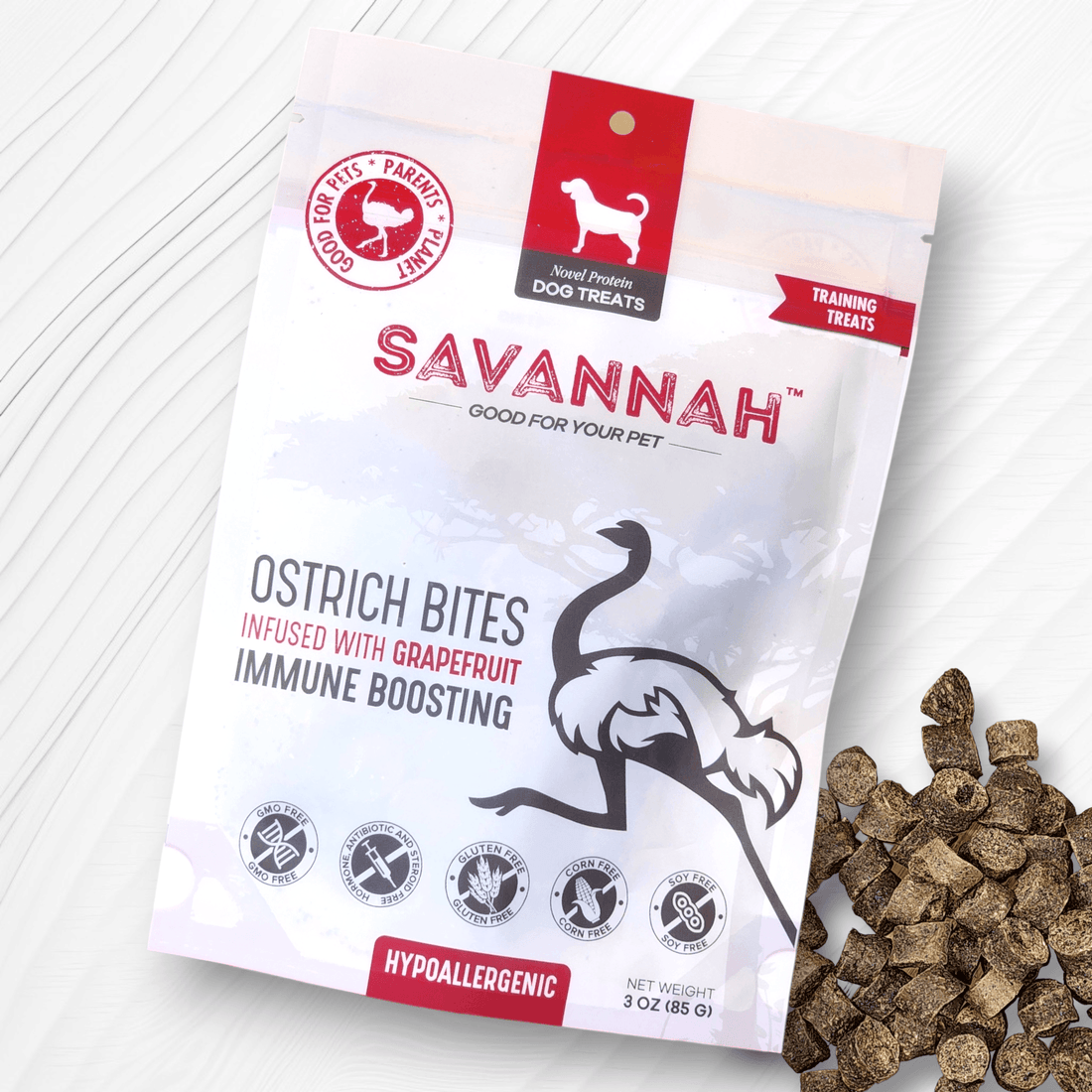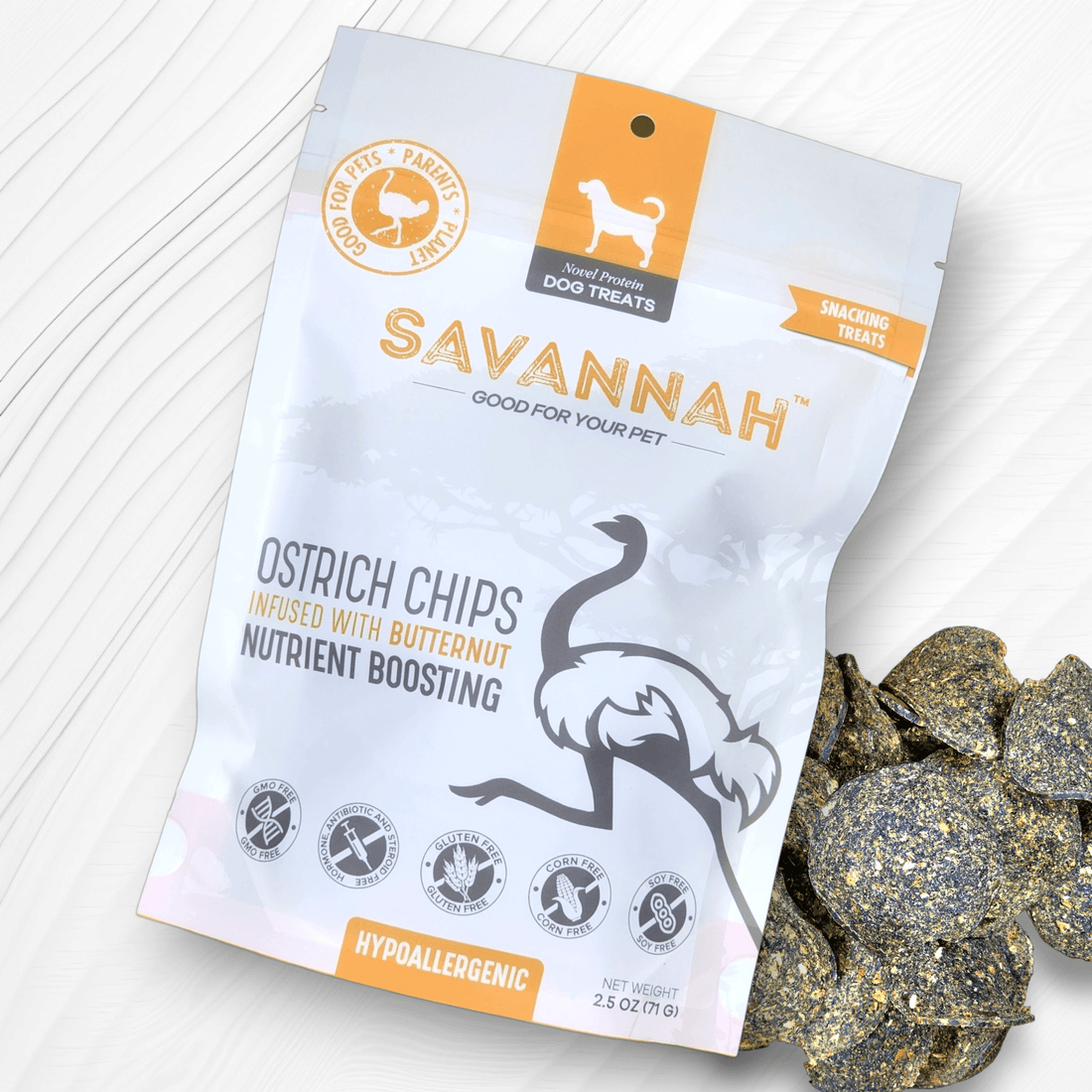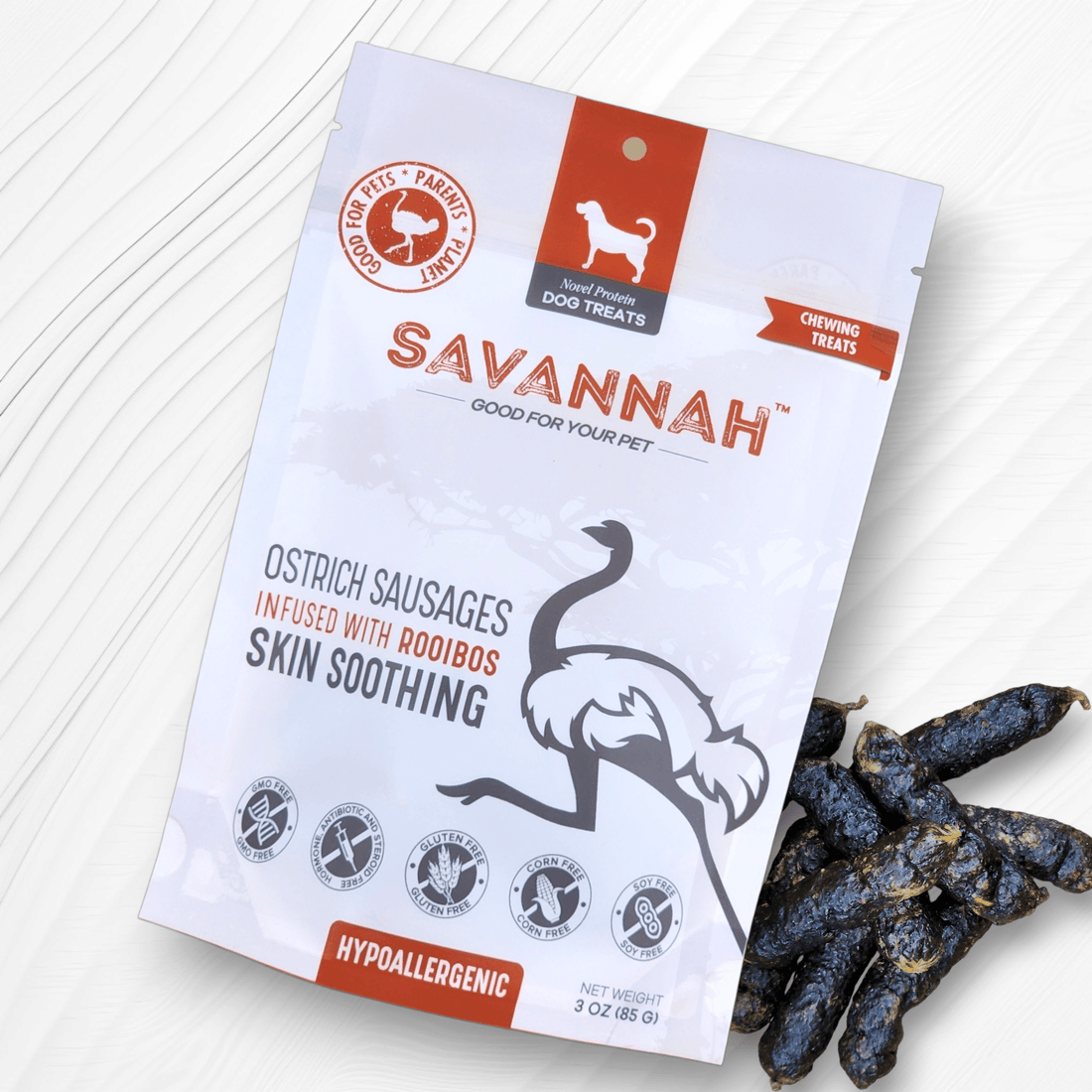The Science Behind Hypoallergenic Pet Treats
As pet owners, we always want the best for our furry friends. But what if they have allergies? It can be challenging to find pet treats that won't trigger their allergies. That's where hypoallergenic pet treats come in.
Hypoallergenic pet treats are becoming increasingly popular among pet owners who want to provide their pets with a tasty snack without compromising their health. But what exactly are hypoallergenic pet treats, and how do they work? Let's explore the science behind these treats.
What are Hypoallergenic Pet Treats?
Hypoallergenic pet treats are specially formulated to be less likely to cause an allergic reaction in pets. These treats contain ingredients that are less likely to trigger allergies, such as novel proteins or carbohydrates. Novel proteins are protein sources that your pet has not been exposed to before, such as duck, venison, or rabbit. Novel carbohydrates are carbohydrate sources that your pet has not been exposed to before, such as sweet potatoes or quinoa.
The Science Behind Hypoallergenic Pet Treats
The idea behind hypoallergenic pet treats is to reduce the likelihood of an allergic reaction by using novel protein and carbohydrate sources. When a pet consumes a protein source they have not encountered before, their immune system is less likely to react to it. This is because their immune system has not developed an immune response to that protein. By using novel protein sources, hypoallergenic pet treats are less likely to cause an allergic reaction in pets with food sensitivities.
Hypoallergenic pet treats are also formulated to be easily digestible. Pets with food sensitivities often have trouble digesting certain ingredients, which can lead to gastrointestinal upset. Hypoallergenic pet treats are made with easily digestible ingredients, which can help reduce gastrointestinal distress.
Benefits of Hypoallergenic Pet Treats
Hypoallergenic pet treats offer several benefits for pets with food sensitivities. They are less likely to cause an allergic reaction, which can help reduce itching, rashes, and other allergic symptoms. Additionally, hypoallergenic pet treats are formulated to be easily digestible, which can help reduce gastrointestinal upset.
Choosing the Right Hypoallergenic Pet Treats
When choosing hypoallergenic pet treats for your pet, it's essential to read the ingredient list carefully. Look for treats that contain novel protein and carbohydrate sources that your pet has not been exposed to before. Additionally, look for treats that are free from common allergens such as wheat, corn, and soy.
It's also important to choose hypoallergenic pet treats that are made from high-quality ingredients. Look for treats that are made from human-grade ingredients and are free from artificial preservatives, flavors, and colors.
Conclusion
Hypoallergenic pet treats are a great option for pet owners who want to provide their pets with a tasty snack without compromising their health. These treats are specially formulated to be less likely to cause an allergic reaction in pets with food sensitivities. By using novel protein and carbohydrate sources and formulating the treats to be easily digestible, hypoallergenic pet treats can help reduce itching, rashes, and other allergic symptoms, as well as gastrointestinal distress.
When choosing hypoallergenic pet treats for your pet, it's important to read the ingredient list carefully and choose treats made from high-quality, human-grade ingredients. With the right hypoallergenic pet treats, you can provide your pet with a tasty and healthy snack that won't trigger their allergies.








